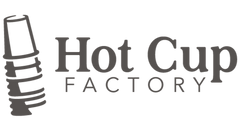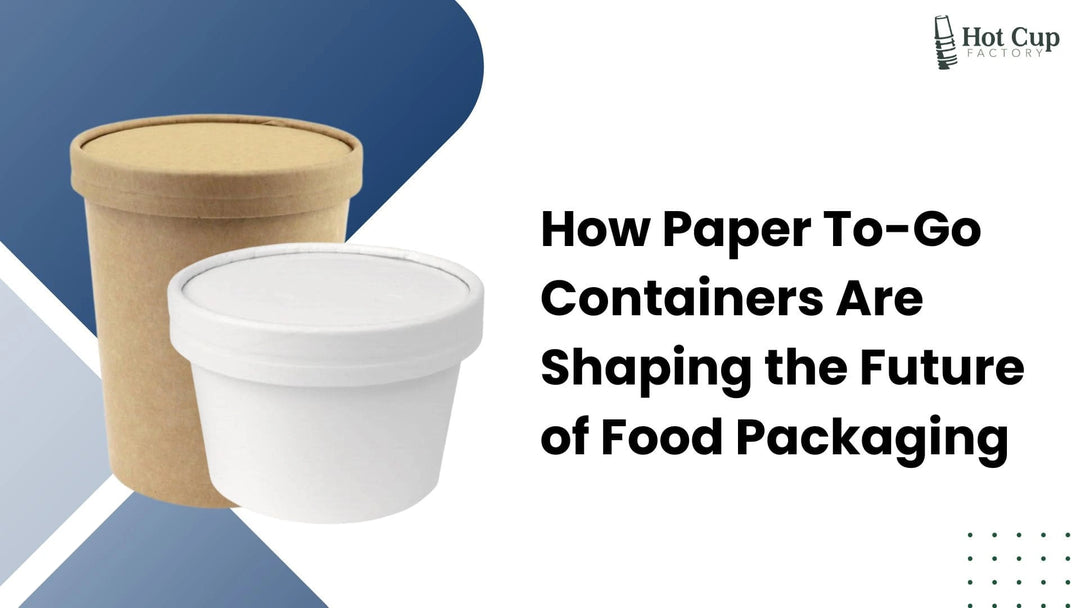5 of the Best Non-Dairy Milks to Serve in Your Coffee Shop
Non-dairy milk has been a staple in coffee shops for years with good reason. It has a different flavor, most people can digest it easier, and it can perform similarly to regular milk. There's no doubt non-dairy milk is a good option to serve in your coffee shop.
The Popularity of Non-Dairy Milk
The main reason people stop drinking traditional milk is that they're lactose intolerant. 65% of people in the US can't digest dairy after infancy (according to the US National Library of Medicine). This isn't a new thing. To digest dairy, humans need the digestive enzyme, lactase. We also need this to digest breast milk. The reason so many people are lactose intolerant is that, after infancy, we don't need to produce lactase to digest breast milk anymore.
Another reason people choose non-dairy milk over dairy is veganism. In the year 2016, only .05% of the population identified as vegan. However, in 2020, 6% of people identified as vegan. That's 12 times more vegans in four years.
Some people can't digest dairy and some people choose to avoid it for moral reasons. A lot of people just don't like the flavor of traditional milk. These are all valid reasons to opt for non-dairy milk. So, what is the best kind of non-dairy milk to serve in your coffee shop?
1. Almond
Almond milk has seen a major uptick in popularity in the last ten years. It grew in popularity by 250% between 2012 and 2015. It's been around, however, for upwards of a thousand years. According to Mark Kurlansky, a leading expert in Medieval food, most recipes in that time period had the option of using almond milk rather than dairy milk.
In our times, it costs about 2.8 cents an ounce, making it only a little bit more expensive than traditional milk (which costs 2.5 cents an ounce). It has a similar consistency to skim milk with a subtle nutty flavor.
One major negative of almond milk is how common nut allergies are. This can make it dangerous when using the same blenders for different drinks. I’d recommend having a separate blender specifically for drinks with almond milk. This way there’s no risk of cross-contamination.
For Coffee: Almond milk has a tendency to curdle if used in hot coffee when your milk is cold. This can be avoided by using warm almond milk. To keep your drinks hot, try using these beverage plugs.
Because of its nutty flavor, it can add bitterness to coffee. For a smoother flavor, consider using sweetened almond milk. This is a good idea for lattes, it creates a silky foam that can make nice latte art. The downside is that it can separate underneath the foam and make your drinks watery.

2. Soy
Soy milk has been a favorite of many dairy-avoiders for almost fifty years. It's been used for much longer than that, however. One of the earliest instances of its use was in the year 200 AD. It was especially popular in the 1990s because brands started to make refrigerated soy milk. It sold significantly better once it was next to regular milk in the grocery store. It costs 2.7 cents an ounce, making it cheaper than almond milk.
The biggest downside is its strong bean flavor. Certain brands have stronger flavors than others. Test a few different brands to find which one you want to serve in your coffee shop.
For Coffee: Soy milk has been a staple in coffee shops for upwards of thirty years. It has a similar consistency to full-fat milk and the froth it creates is similar enough to make really nice latte art. If it's too cold, it can curdle in hot coffee. This can be remedied by using warm soy milk instead of cold.
3. Oat
Oat milk is a newer player in the non-dairy game. It's a favorite of younger adults because it doesn't have much flavor while still being incredibly creamy. Because of the way oats are processed, it may have traces of gluten. This can be a problem for those with Celiac Disease. You may want that disclaimer on your menu. The biggest downside for oat milk is the cost. It's 6.5 cents an ounce, making it almost three times the price of traditional milk.
For Coffee: Oat milk is a new favorite of coffee shops because it's thick and creamy without having much flavor. It behaves similarly to half-and-half. While oat milk does take slightly longer to foam than dairy milk, it makes a nice froth that works especially well in lattes. You can use this lid to serve foamy drinks so your customers don't miss the foam as they sip.
4. Coconut
Coconut milk is sweet and incredibly thick. It's been a popular option in the pacific for hundreds of years for good reason: it's high in magnesium, iron, and fat. In the last twenty years, it's seen a significant amount of growth in popularity in the United States. Its market is projected to grow 14.61% in the next three years. It's fairly expensive at 4.7 cents an ounce. Although, it still costs less than oat milk but still nearly double the price of dairy milk.
For Coffee: Coconut milk is very fatty and flavorful. This flavor tends to overpower coffee. Some people prefer this, but a lot of people don't. It makes foam with bigger bubbles than traditional milk. It can make latte art but not as well as oat milk or soy milk.
5. Rice
Rice milk is the most hypoallergenic option for non-dairy milk. It's nut and gluten-free. It's less popular and more expensive than other options; it costs 5.3 cents per ounce. It has a very subtle sweet flavor.
For Coffee: Rice milk is very watery and thin. It has little to no protein so it can't be foamed. It can water down coffee and it doesn't add any creaminess. Flavor and consistency aside, this is a good option because of the lack of allergens.

Non-dairy milk is an important thing to stock in your coffee shop. The majority of the population can't digest traditional milk and some choose not to drink it for other reasons. Having options for non-dairy milk in your coffee shop is anything but limiting. Most varieties can foam well enough to make latte art. This means everyone can enjoy your creations. Another positive of non-dairy milk is that you can buy shelf-stable versions of it. You don't have to use precious fridge space.
If you don't already have non-dairy milk in your coffee shop, consider adding it to your menu.
To discover more, visit Hot Cup Factory - Wholesale Coffee Shop Supplies



